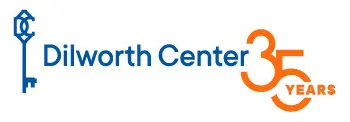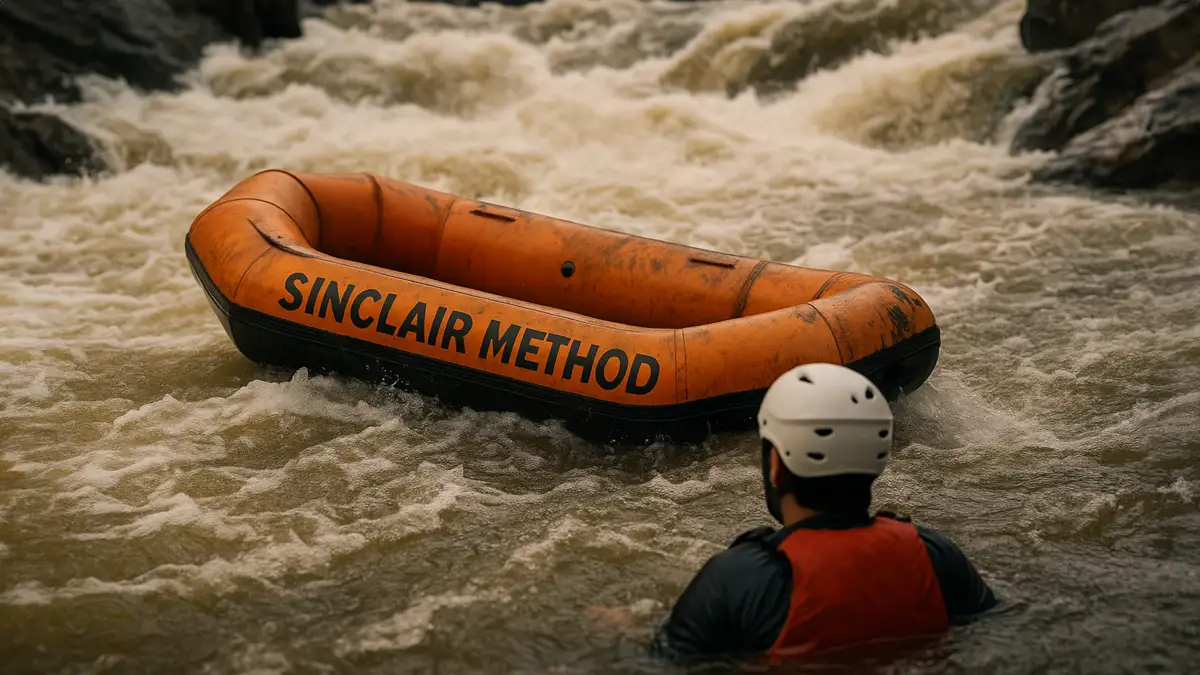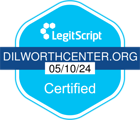May 27, 2025
Beyond the Bottle: Why Naltrexone and Alcohol Recovery Require More Than a Pill

If you search “naltrexone and alcohol,” you’ll find blog posts touting the medication as a near-magical fix—take a tablet, block the buzz, and problem solved. Yet the lived reality of Alcohol Use Disorder (AUD) is rarely so simple. Yes, naltrexone has value (see Article 1) and controversial protocols like the Sinclair Method (Article 2) leverage that value in novel ways. Still, decades of research—and Dilworth Center’s 35 years of clinical experience—underscore a crucial truth: recovery requires far more than chemistry.
1. Alcoholism Is a Bio-Psycho-Social-Spiritual Illness
The modern biopsychosocial model views addiction as the intersection of biological vulnerability, psychological distress, social environment, and—according to 12-step tradition—spiritual disconnection.1 Genetics and neuro-adaptation create a biological foothold; trauma, anxiety, or depression fuel psychological need; peer culture and availability supply social reinforcement; and an inner emptiness drives the spiritual void.
Naltrexone addresses only the biological slice—blocking opioid receptors to reduce reward.2 It cannot process childhood trauma, teach coping skills, repair marriages, or provide a sense of purpose. Treating just one quadrant of a four-part disease leaves three unchecked forces propelling relapse.
2. Medication Without Counseling: Evidence of Limited Impact
The landmark COMBINE Study randomized 1,383 participants to naltrexone, acamprosate, behavioral therapy, or combinations. Those receiving naltrexone plus medical management did better than placebo, but adding intensive therapy did not further enhance outcomes—suggesting the pill’s effect plateaus quickly.2 Moreover, once medication stopped, heavy drinking often returned, proving that pharmacology alone doesn’t cement long-term change.
Subsequent analyses confirm the pattern: naltrexone reduces heavy-drinking days by roughly 10 % compared to placebo, yet shows scant improvement in total abstinence without psychosocial support.3 SAMHSA summarizes the consensus bluntly: “Medications are most effective when combined with counseling and recovery support services.”4
3. Root Causes That No Pill Can Touch
- Trauma & PTSD. Nearly half of individuals with AUD also meet criteria for post-traumatic stress disorder.5 Naltrexone cannot resolve flashbacks or hyper-arousal; trauma-focused therapy can.
- Co-occurring Mental Health. Anxiety and depression frequently predate heavy drinking and intensify during withdrawal. Antagonizing opioid receptors does nothing for distorted thinking patterns or hopelessness.
- Social Environment. Family dynamics, peer influence, and cultural norms shape drinking behavior. If the home bar is stocked and friends drink nightly, pharmacological blockade alone rarely overrides social pull.
- Spiritual & Existential Void. 12-step literature describes alcoholism as a “spiritual malady.” Studies show that participation in Alcoholics Anonymous (AA) or 12-Step Facilitation (TSF) improves continuous abstinence and lowers healthcare costs versus many professional therapies.6 A pill cannot give one the sense of belonging or purpose that AA meetings provide.
4. The “Dry Drunk” Phenomenon
Even when naltrexone alcohol cravings diminish, a person may remain emotionally unstable—angry, resentful, isolated. 12-step circles call this the “dry drunk”: sober in blood-alcohol content but drunk in attitude. Without personal inventory, amends, and service to others, these unresolved issues fester, often leading to cross-addiction or relapse once medication stops.
5. Why Dilworth Center Integrates, Not Isolates, Treatments
Dilworth Center does not prescribe naltrexone, but collaborates with outside physicians if a guest arrives on it. We weave medication management into a comprehensive program: individual therapy, group counseling, family education, experiential therapies, and daily 12-step engagement. Our philosophy echoes SAMHSA’s goal of “full recovery, including the ability to live a self-directed life.”4
Medication can ease cravings; only holistic recovery transforms lives.
6. Practical Steps to Address Every Dimension
| Dimension | Recovery Action | Related Dilworth Service |
|---|---|---|
| Biological | Medication-assisted treatment (naltrexone, etc.), nutrition, sleep hygiene | Medical coordination, wellness planning |
| Psychological | Cognitive-behavioral therapy, trauma therapy, mindfulness | Licensed counselors, EMDR referrals |
| Social | Boundary setting, sober peer network, family counseling | Family program, alumni groups |
| Spiritual | 12-step work, meditation, service | Daily AA/NA meetings, spiritual exploration workshops |
7. Key Takeaways
- Naltrexone and alcohol research proves medication helps—but only modestly—and its gains erode without counseling and support.
- Root causes like trauma, mental health, and social context propel relapse; chemistry alone cannot resolve them.
- 12-step involvement shows superior results for continuous abstinence and long-term cost savings.
- Dilworth Center collaborates on medication when helpful, yet insists on integrated, whole-person care.
References
- Psychology Today. “What Exactly Is the Biopsychosocial Model of Addiction?” July 18 2021. psychologytoday.com
- Anton RF et al. “Combined Pharmacotherapies and Behavioral Interventions for Alcohol Dependence: The COMBINE Study.” JAMA 2006;295:2003-17.
- McPheeters M et al. “Pharmacotherapy for Alcohol Use Disorder: A Systematic Review and Meta-Analysis.” JAMA 2023;330:1653-65.
- SAMHSA. “Medications for Substance Use Disorders.” 2024 update. samhsa.gov
- National Library of Medicine. “Individuals With Alcohol Use Disorder and Post-Traumatic Stress Disorder: A Review.” Brain and Behavior 2025. pmc.ncbi.nlm.nih.gov
- Cochrane Library News. “Alcoholics Anonymous and 12-Step Facilitation Programs Help People Recover From Alcohol Problems.” Feb 2020. cochrane.org







